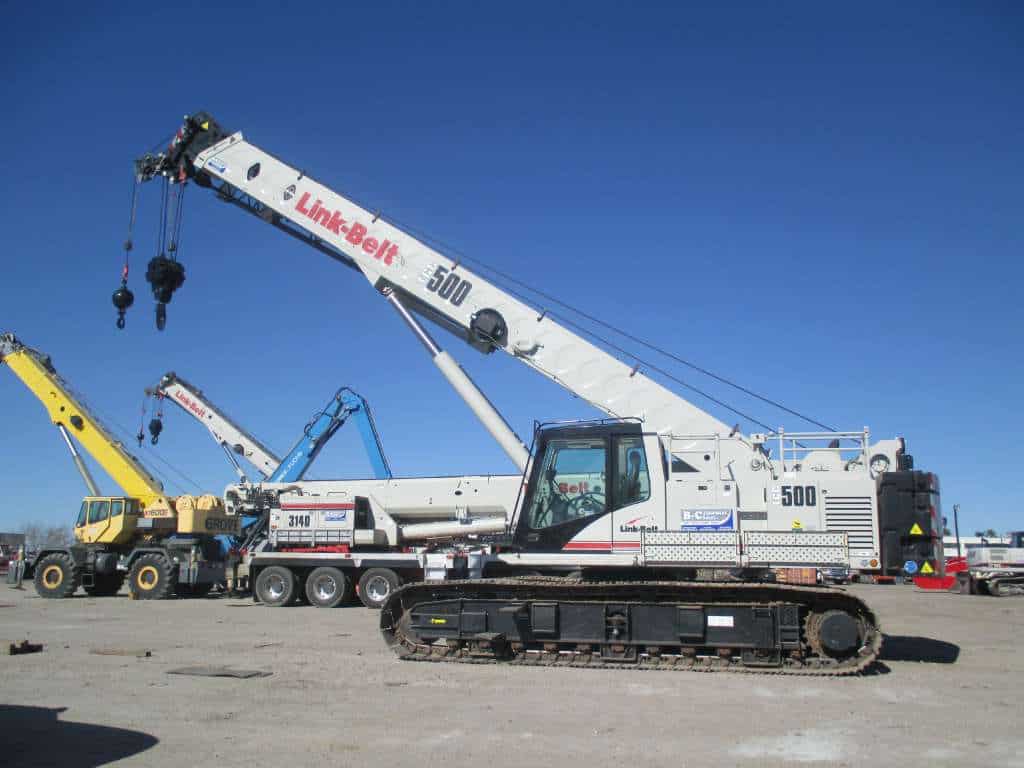Crane safety is one of the key pre-construction factors to consider when planning for any construction. Mobile cranes are some of the most construction tools on any construction site. When used correctly, cranes can help reduce material handling time and labor. Although technology has made construction sites safer, the ultimate crane safety level depends on how each site is operated. Major causes of crane accidents include overturned cranes, contact with a power line, boom collapse, and dropped loads.
To improve crane safety and minimize the level of accidents at construction sites, cranes need to be operated by professionals in adherence to set guidelines. Some of the things that need to be observed include safety protocols, regular inspection, and adherence to load capacity. Below we highlight top tips for improving crane safety at your job site.
Only use trained professionals to operate the crane
Cranes are some of the most delicate and complex construction tools on a site. A crane needs to be assigned to trained and qualified personnel to minimize the possibility of accidents. In addition, a crane is a specialized type of tool that needs specialized skills. It is therefore safe and code-compliant to leave your crane in the hands of a qualified operator.
A qualified tower crane specialist is able to select the right size and number of tower cranes for every project. They then come up with detailed plans and drawings based on several factors.
Properly secure the load being lifted
One of the leading causes of crane-related accidents is improper loading. It is the leading cause of accidents, injuries, and deaths. Unsecured can cause serious injuries to site work, especially from falling objects. It is important to have a supervisor to double-check all loads before they are lifted.
Have enough space for crane operations
Although mobile cranes are designed to occupy relatively small space, it is important to have some space for the outriggers and the boom swing. The size of the crane working space varies depending on the length of the boom, the size of the unit, and the height of the lift. Although not much space is to install a crane, much space is needed for clearance.
Allocate enough lifting time to avoid rushing
When working with tight deadlines, a project manager may be tempted to overlook some safety protocols. This is especially in the form of time-saving short-cuts like exceeding load. It is not a good idea to rush when working with heavy construction equipment as this may lead to deadly accidents.
It is especially good to pay attention to small details to minimize accidents and work injuries. Allow enough time to supervise and check for proper loading.
All ground workers need to maintain safety standards
Mobile cranes are common on almost all construction sites. This may workers to get used to these tools and overlook some safety requirements. Contractors and construction workers need not become overconfident when working with these machines.
Daily safety briefing should be conducted to reinforce the importance of observing safety standards.
Have site safety work plans
Conduct a risk assessment for all crane operations. This includes looking at every step taken and its consequences as well as measures to be taken to mitigate any risks. Contractors need to prepare their plans and submit them to the general contractors for review. The approved plan is discussed in all preconstruction safety meetings.
It is especially important that every contractor reviews their plans with their teams that will work on the ground.
Account for wind.
Wind is one of the big hazards to cranes. Strong winds may cause tall cranes to topple leading to loss of lives and property. There should be a wind action plan to guide the installation of cranes at any construction site. In addition, the installation of cranes should adhere to the requirements of the tower crane manufacturer.


Thank you very much for your safety tips about using cranes at job sites. I agree that it is essential for the crane to be operated by professionals who are trained and qualified to minimize the chance of accidents. I would imagine that it would be just as important to have the crane serviced professionally to ensure that it will work correctly.
It made sense when you said that small details are important when following safety protocols. My uncle mentioned he’s looking for a crane operator to hire since the construction project he’s planning for this summer will involve the lifting of heavy parts. The info in your article should help him find a crane operator that follows reliable and safe practices.